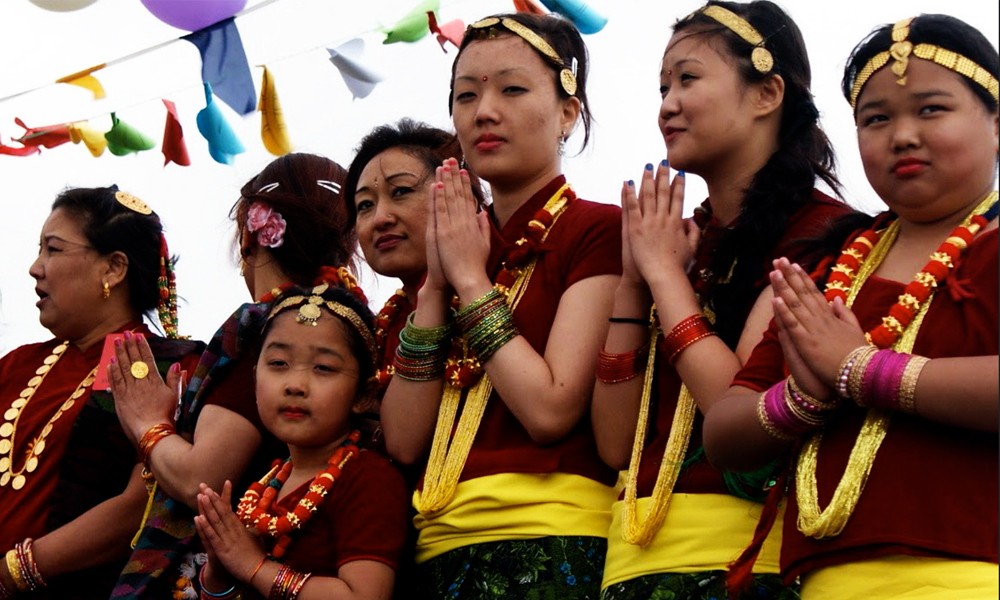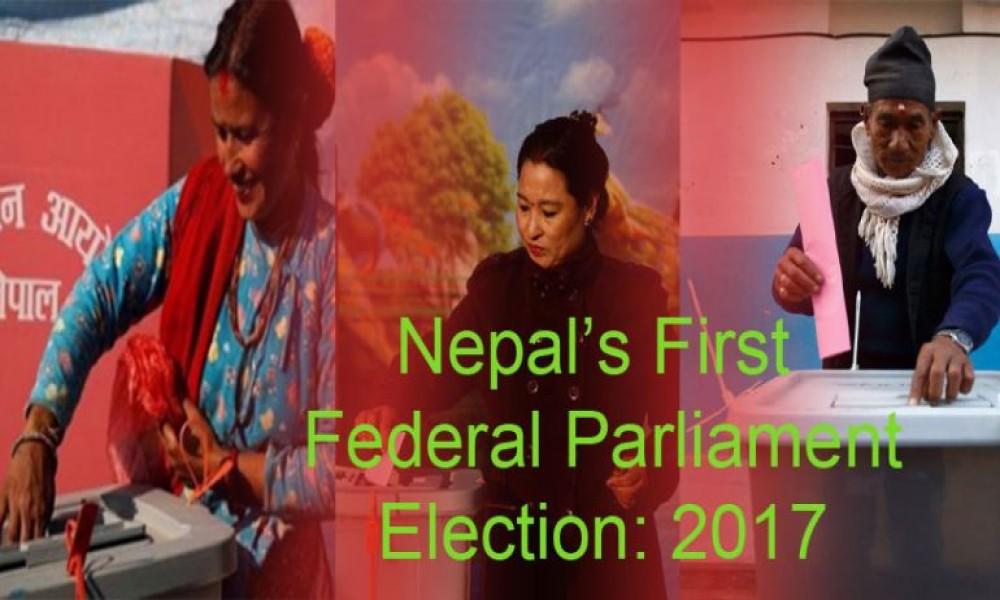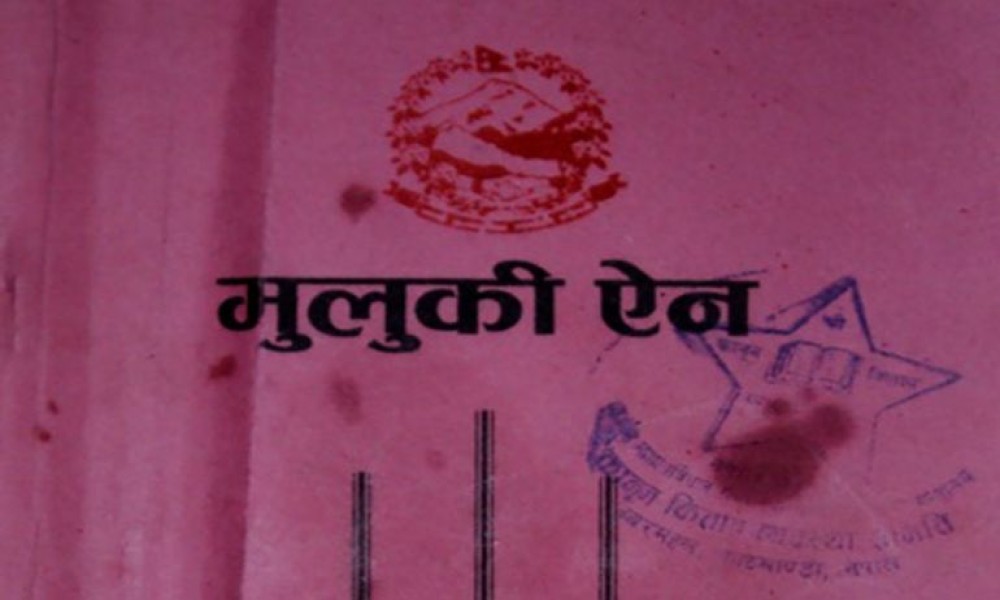Who are Bahuns? They are multiple answers. But the best answer is: they are Nepal's rulers. Since the first democratic movement of 1950, they have always enjoyed power at the expense of sideling other ethnic communities.
Needless to say, Nepal is an ethnically diverse country, and Bahuns are not in the majority. But they managed to emerge as the dominant ruling class by framing laws that were merely legal tools to crush voice against marginalization. This article is an effort to look into how they rose as the rulers, and also how they are still able to cling to power.
Needless to say, Nepal is an ethnically diverse country, and Bahuns are not in the majority. But they managed to emerge as the dominant ruling class by framing laws that were merely legal tools to crush voice against marginalization.
Until two decades ago, advocates of inclusion or those who spoke against ethnic discrimination were labeled as secessionists and communalists. The constitution had provisions that intended to crush 'hatred against any community' and promote communal harmony. These provisions sounded perfect, but they were used by the state as legal tools to maintain hegemony of a caste over other ethnic groups. So the oppressed ethnic communities were afraid of speaking out against caste, religion, language and gender-based discrimination.
There was a sense of fear. The state had arbitrary power to define what were anti-national elements, and what could hurt communal harmony. As a result, not many dared to write and speak against dominance of a caste over other communities. Even literary writers shied away from touching upon these issues.
Until two decades ago, advocates of inclusion or those who spoke against ethnic discrimination were labeled as secessionists and communalists.
But time changes. So does the society. In the last two decades, Nepal has undergone some significant political movements. And the monarchy was overthrown. An interim constitution was written. The society became more receptive to identity politics. People started talking about the forbidden issues more openly. What was seen as communal agendas found space in the political discourse. New political parties came forward, vowing to fight for identity of excluded communities. Traditional political parties split over this issue. The country saw Madhesi uprising and Janajati movement. The state was no longer able to suppress agendas of inclusion.
When the monarchy was gone, Nepal was decaled a federal sate. The new Parliament passed resolution on proportional share of all castes, communities and gender groups in every state of the organ. In this new political context, some writers started writing about identity of ethnic communities. The society began to appreciate their works. The fact that Rajan Mukarung won Madan Prize for his novel 'Damini Bhir' was an indication that the society was now more receptive to inclusion and identity politics.









